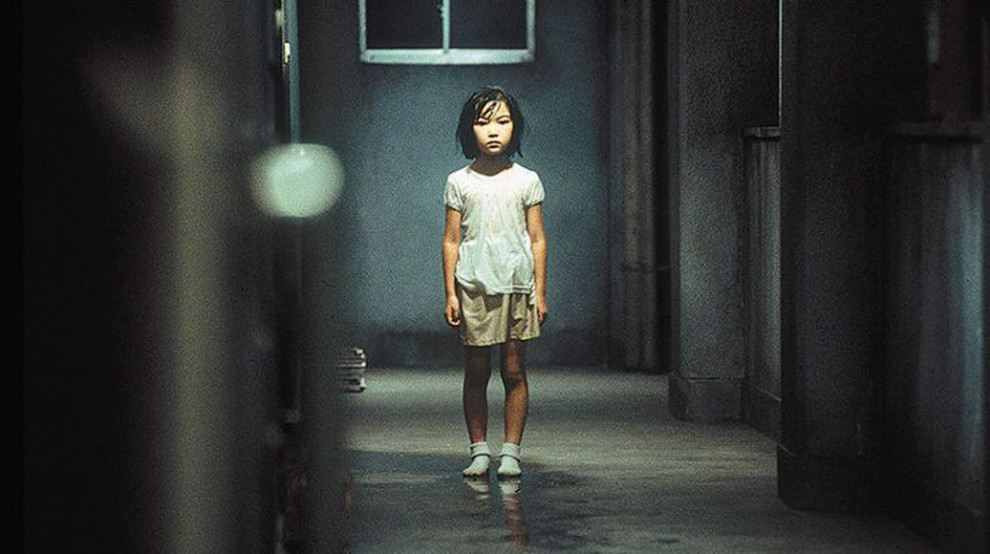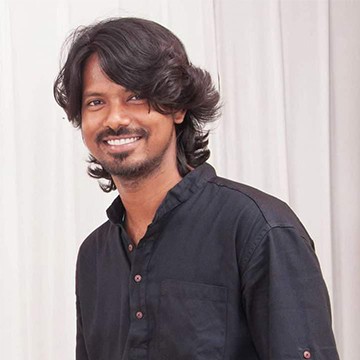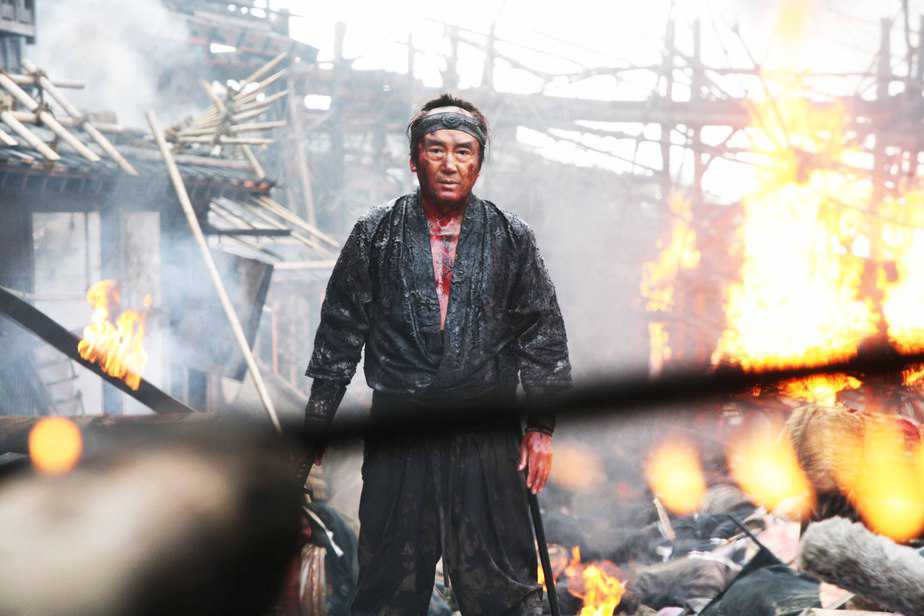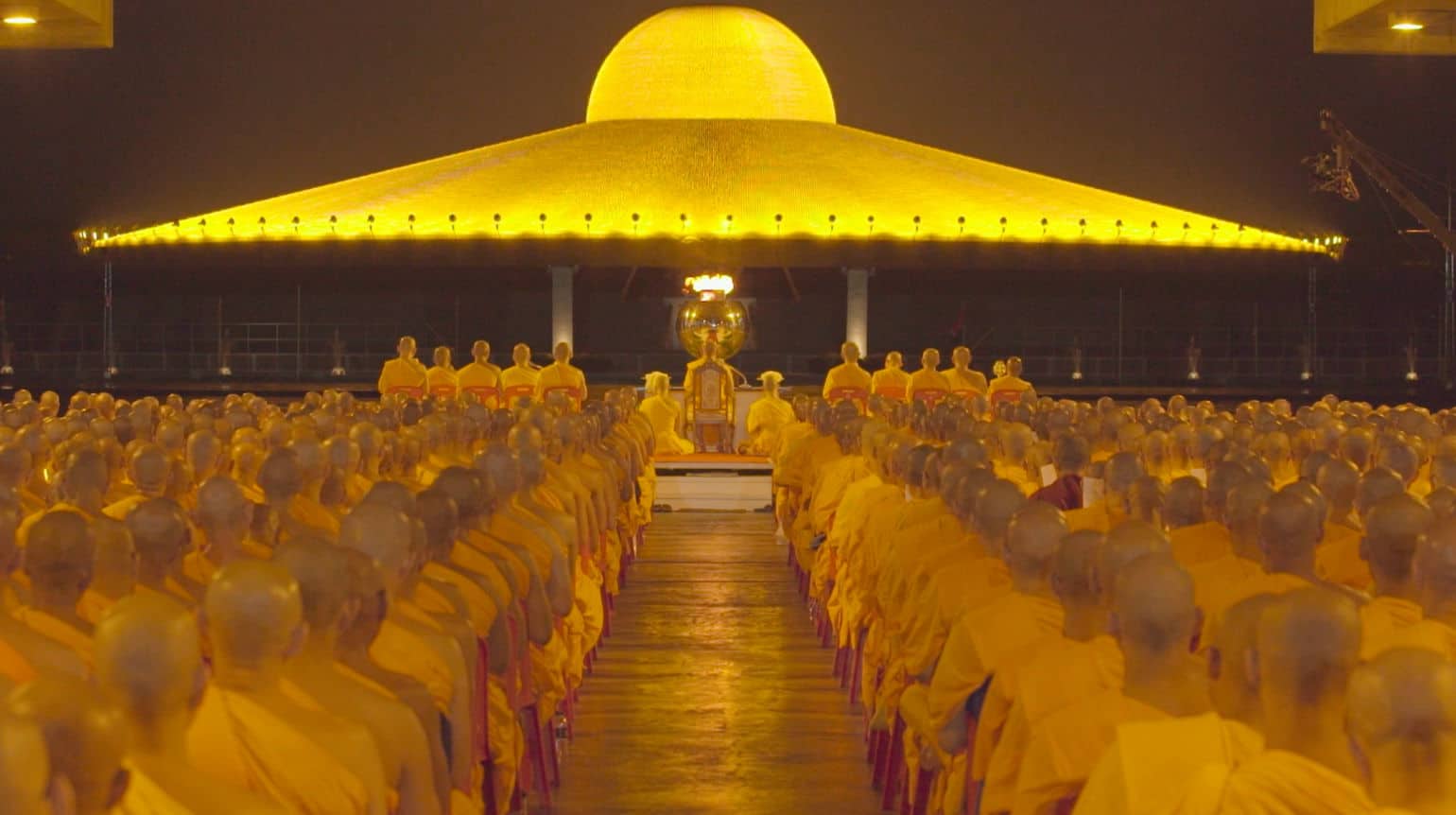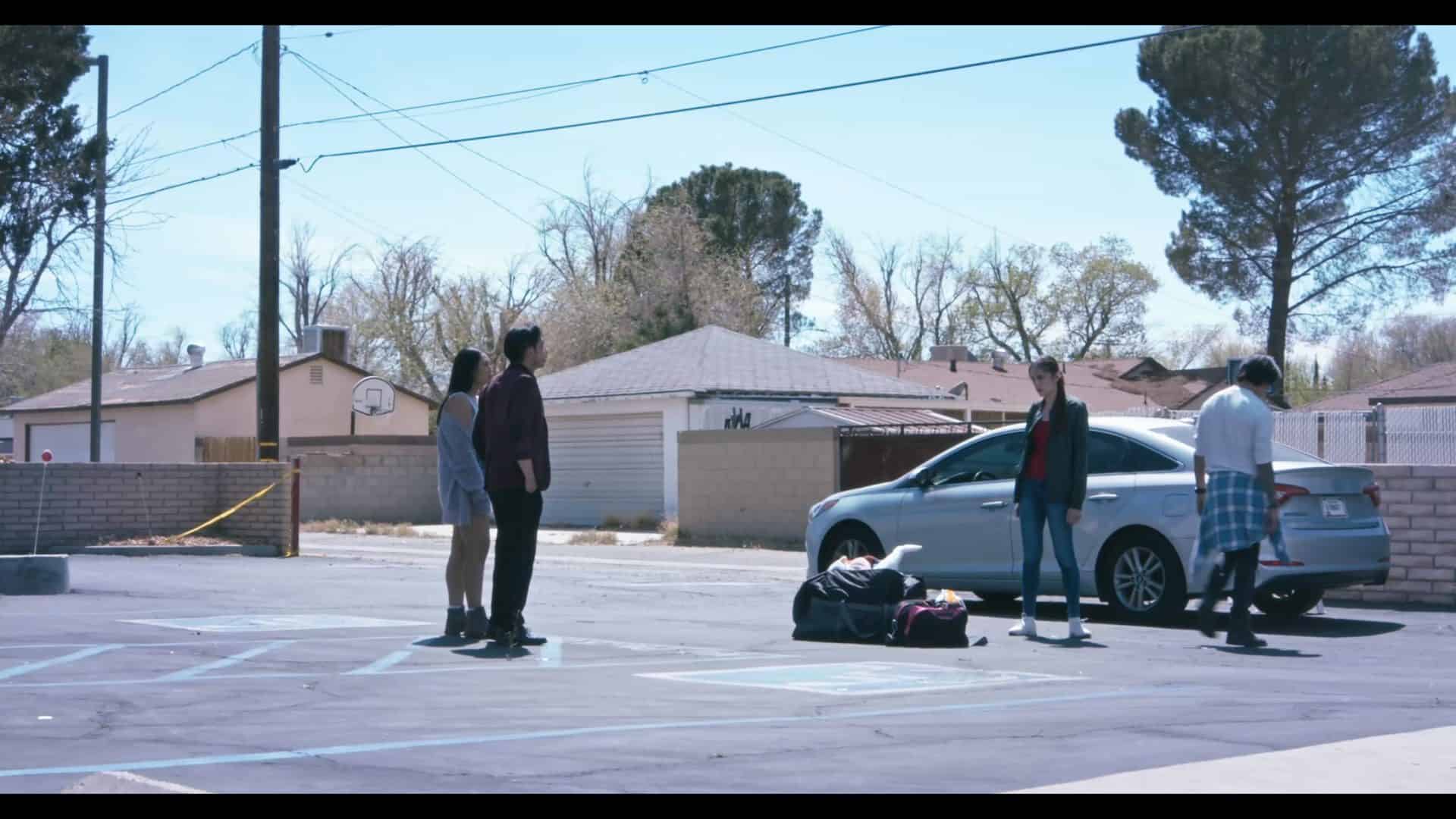Hideo Nakata, having directed both this one and The Ring, established himself as the most commercially successful filmmaker of J-Horror. “Dark Water” won awards in festivals all over the world, including the Jury's Choice Award at the 2009 Puchon International Fantastic Film Festival. An American remake with the same name was released in 2005. The book and its manga adaptation were also published in English in the US.
Buy This Title
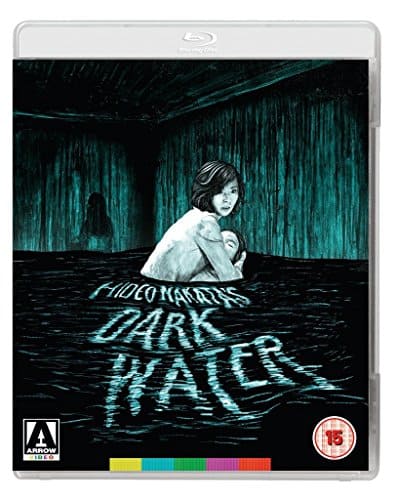
Someone lingered
Yoshimi is a divorced mother who is seeking sole custody of her little daughter, Ikuko. While searching for an apartment, she chooses a run-down and cheap one. She enrolls Ikuko in a nearby kindergarten and she gets a job as a proofreader. Eventually, she realizes that the flat hides much more than the moisture in the walls. The family who lived upstairs also had a small daughter who disappeared mysteriously a year earlier. The couple moved, but a little girl with long hair and a red bag seems to have lingered. As the supernatural seems to enter their lives, Yoshimi's unstable past is revealed.
A successful recipe plus some new elements
Hideo Nakata followed the successful recipe of “The Ring”, adapting another work by Koji Suzuki, and presenting a similarly atmospheric film. The main theme of technophobia is replaced with hydrophobia and the terror is, once more built up, gradually, from scratch. Furthermore, he includes the theme of motherly love, while the concept of the evil father that wants to take away her child adds to the agony permeating the film. Lastly, the theme of a psychologically unstable woman having to face supernatural horror does wonders for the atmosphere of the film. The shocking and heartbreaking finale combines all of the above in astonishing fashion.
Fearing of the water
Water plays a key role in the film, since it seems to be in every scene, in the form of rain or of moisture in the ceiling and the walls or of a water tank on the roof of the building or even of tap water in the sink. Furthermore, water is always presented in ominous fashion, with this sense becoming even more heightened by the intense and agonizing music by Kenji Kawai and Shikao Suga. Hydrophobia is definitely the key word here, since the film presents water as a true enemy, particularly during the ending sequence.
Two great actresses
Hitomi Kuroki is great in the protagonist role as Yoshimi, with the film's focus being on her character. She elaborately presents a mother who tries to show love and affection to her daughter, and at the same time has to face her psychological status, her ex-husband, the difficulties of being a single mother and the supernatural. The moments she breaks down are among the film's highlights. Rio Kanno, despite being just six years old, is great in her role as Ikuko, with the scenes where she is terrified by what is happening being the best aspect of her performance.
Creating horror
The film's general atmosphere of underlying horror benefits the most from its production values. Junichiro Hayashi's cinematography creates many ominous images, as in the ones in the elevator and the corridors of the building, using some elaborate framing. Nobuyuki Takahashi's editing splendidly keeps the rhythm, either slow in the non-horror scenes or fast in the horror ones. The sound is also great and exemplified in the last sequence, where the true enemy is revealed, as is the case with the special effects. The technical aspect benefits the most by the digital transfer to Blu-ray Arrow Films did, that features great image and sound.
“Dark Water” is a great film, one of the finest of the J-horror genre.
Arrow Films has released “Dark Water” in dual format (Blu-Ray + DVD). The release includes a reversible sleeve featuring original and newly commissioned artwork by Peter Strain. Furthermore, and for the first pressing only, illustrated collector's booklet containing new writing by David Kalat, author of “J-Horror: The Definitive Guide to The Ring, The Grudge and Beyond”, and an examination of the American remake by writer and editor Michael Gingold. The discs are B/2 with High Definition Blu-ray (1080p) and Standard Definition DVD presentations, accordingly. The sound is the original 5.1 audio (DTS-HD on the Blu-ray).
The extras include brand new interviews with director Hideo Nakata, novelist Koji Suzuki and cinematographer Junichiro Hatashi, and an archive interview with actress Asami Mizukawa. Original ‘Making of' documentary and trailer are also included. All of the extras are very informative, even shedding some new light on the film and J-horror in general, and are definitely worth seeing.
Overall, Arrow Films' release is quite sound, a must-have for all fans of the film and J-horror in general.


